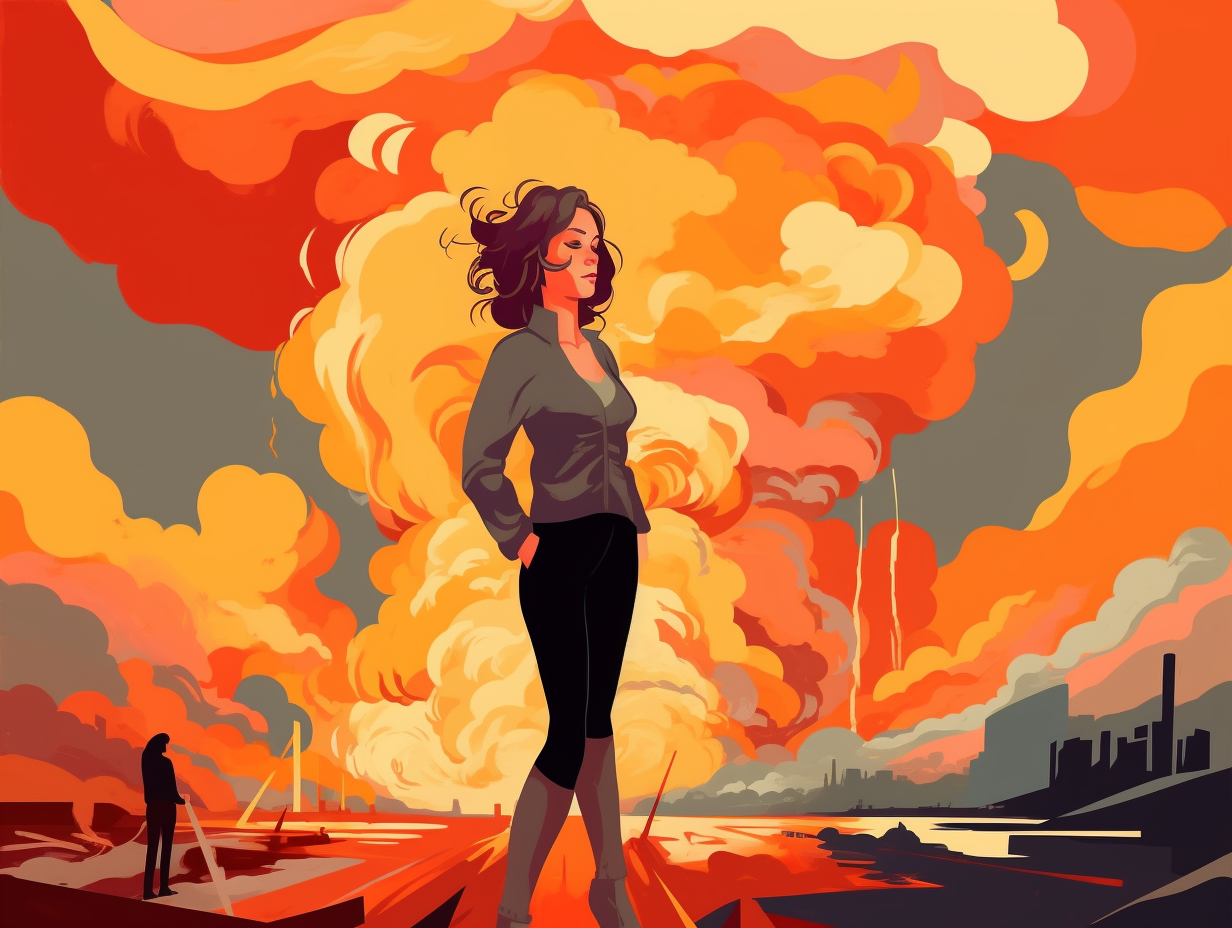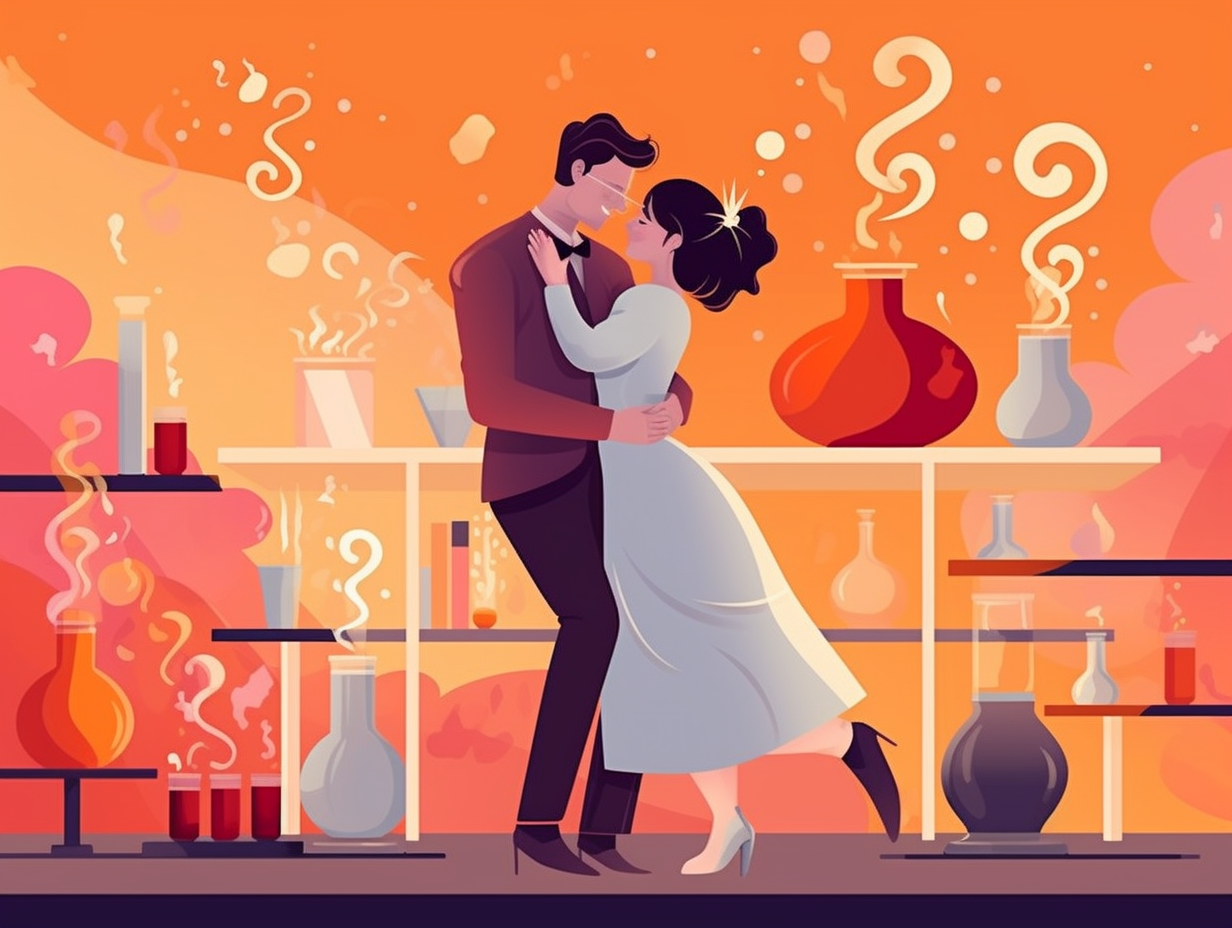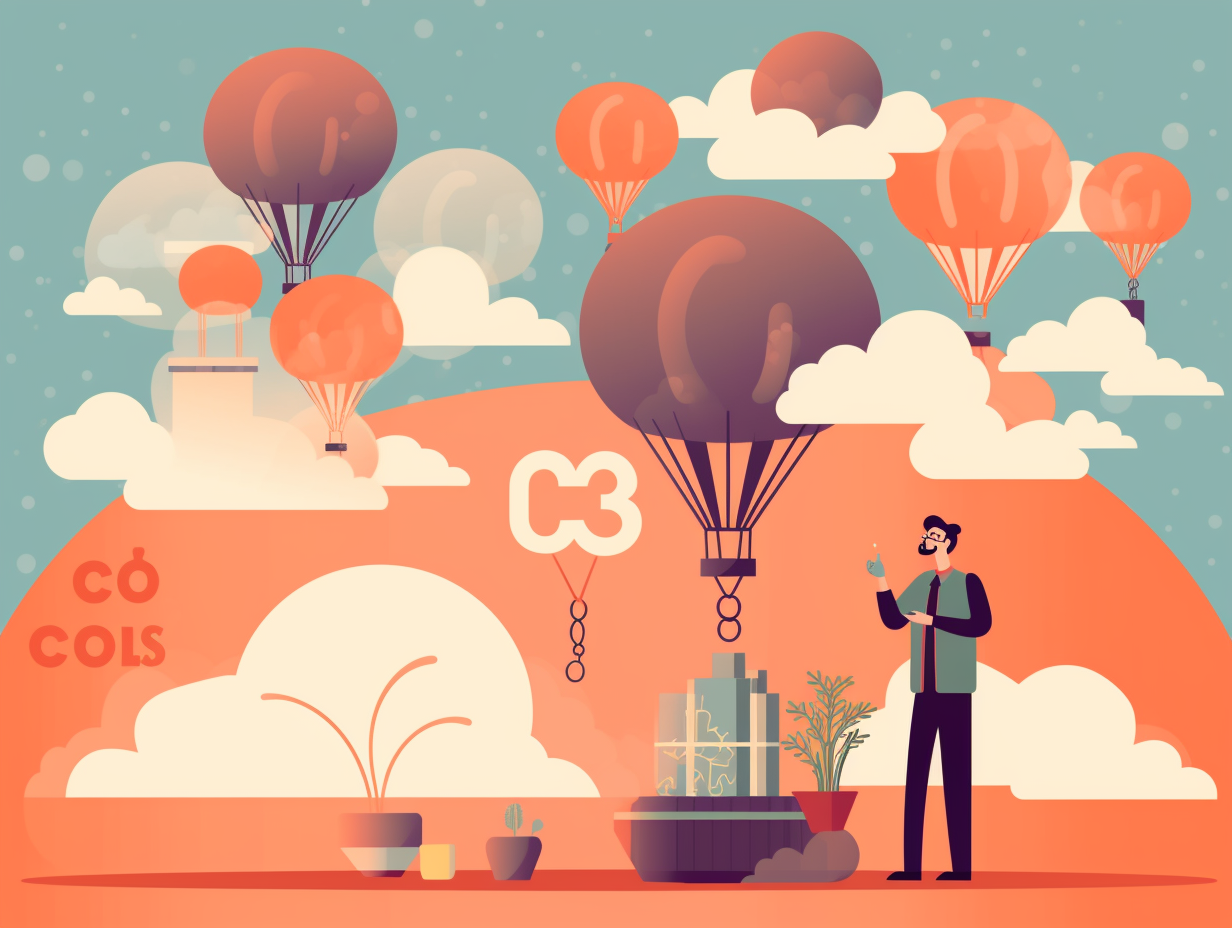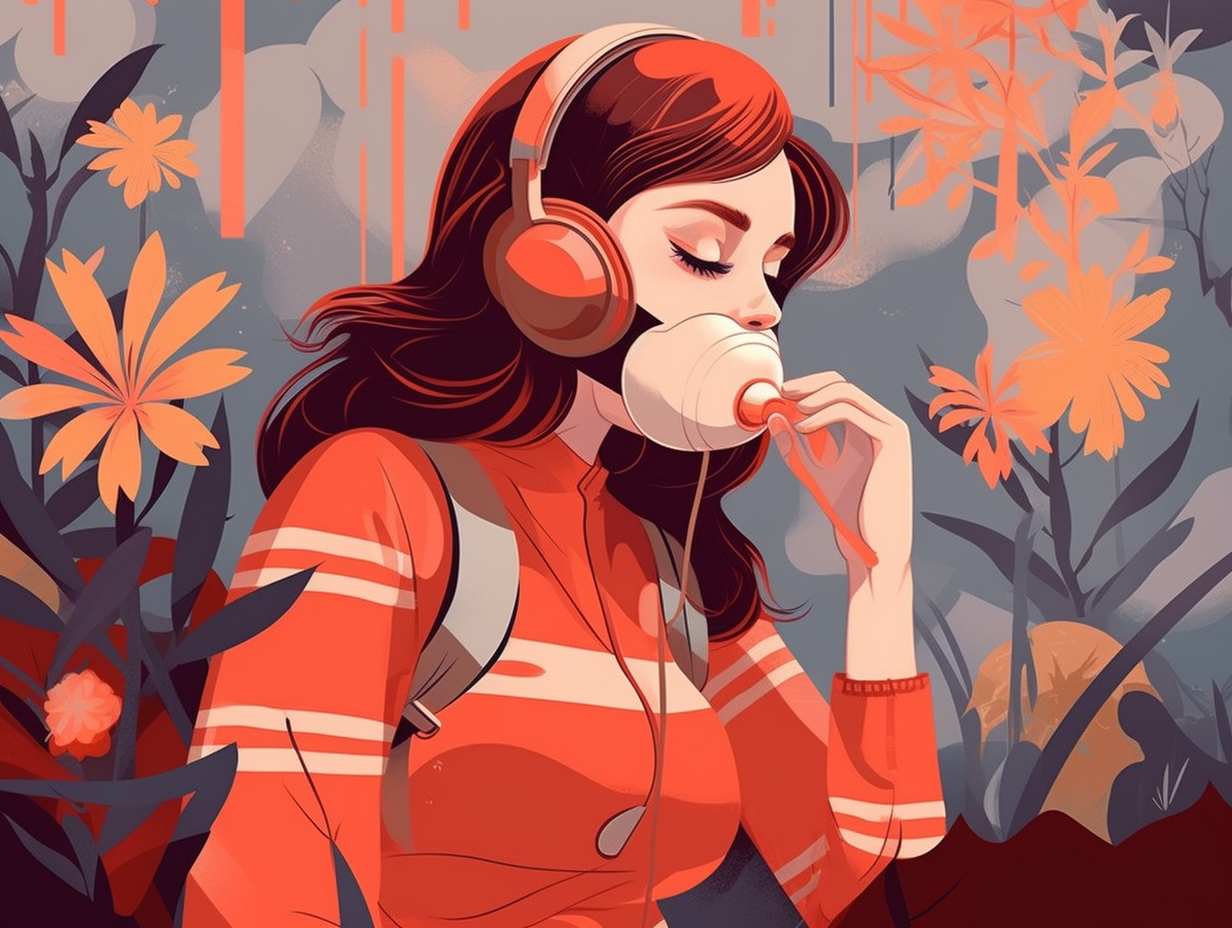Explosive Entertainment: Top 12 Fun Facts About Combustion You'll Love to Ignite!

1. Fusion Foodie Sun
Whoever knew our sun was such a fusion foodie fanatic? It looks like it devoured a whopping portion of deuterium-tritium delight to get its daily fix of warmth and energy: Though it sounds like something from a trendy menu, the deuterium-tritium fusion reaction actually fuels the sun and stars, spewing out neutrons and helium nuclei while releasing loads of energy. Scientists are now itching to bring this cosmic cookery to Earth's fusion power plants, adding a touch of heavenly flavor to our future energy production!
Source => energy.gov
2. Manure Combustion Fiasco
When nature plays "hot potato" and Old McDonald's farm can't just "hay-ndle" it: Manure piles and hay stacks can spontaneously combust in high environmental temperatures and elevated moisture levels due to bacterial activity and excess heat, risking smoke and fire hazards, but proper management techniques can help keep the farm cool and combustion-free.
Source => plant-pest-advisory.rutgers.edu

Did you know that some plants, like the lodgepole pine and eucalyptus, actually rely on wildfires to release their seedlings? Uncover the fascinating connection between these pyromaniac plants and fire! 🔥🌲
=> Fun Facts about Fire
3. Fire's Fashionable Colors
Did you know you can guess fire's "hotness" based on its stylish color palette? A sizzling runway of fierce blue, radiant white, blazing yellow, and fiery red leaves us gasping for adjectives! Gaze upon the true essence of combustion: blue flames indicate the highest temperatures, reaching up to 2500°C to 3000°C in gas burning fires like propane, followed by white, yellow, orange, and finally, red flames.
Source => target-fire.co.uk
4. Fire Extinguishers: Party Poopers
When the fire triangle/tetrahedron throws a steamy party, fire extinguishers are the buzzkill bouncers showing up uninvited: they break up the shindig by removing one or more elements – oxygen, heat, fuel, and chemical reaction – ensuring the flamey festivities come to a screeching halt, teaching us that fire safety is all about keeping this rowdy crew apart to prevent a ruckus from starting in the first place.
Source => sc.edu

5. Internal Combustion Engine's Co-Stars
"Vroom Vroom," went the 19th-century freedom machine, untethering humans from the sweat-inducing shackles of manual labor: However, the invention of the internal combustion engine wasn't the lone hero in our story, for the Industrial Revolution actually began in the 18th century, with various other innovations sharing the applause.
Source => encyclopedia.com
6. Carbon Monoxide: Uninvited Date
Ever wondered how a romantic date night by a cozy fire can go up in (carbon monoxide) smoke? Fear not, for the culprit might just be incomplete combustion: a sneaky issue where insufficient air-fuel mixing or blocked vents release high levels of carbon monoxide, a colorless, odorless, and extremely uninvited guest who's quite hazardous to our health.
Source => abe.iastate.edu
7. Nitrogen: Oxygen's Party Pooper
Fire can't quite get enough of oxygen, but nitrogen is the uninvited party pooper: combustion relies on oxygen as a vital ingredient, yet nitrogen, making up 78% of Earth's atmosphere, dilutes the oxygen and puts a damper on the burning process.
Source => chem.libretexts.org
8. Water: Combustion's Mood Ring
Whoever said "don't mix fire and water" clearly failed chemistry: the high specific heat capacity of water is a game-changer when it comes to measuring the heat of combustion, making it the star of the H2O-soaked show in calorimeters for various fuels.
Source => chemistryvce.weebly.com
9. Propane's Dramatic Flames
Reminiscent of a mood ring, a propane flame showcases its emotions through the color spectrum: A blue flame burns passionately hot at 3,596° F, indicating complete combustion, while a more subdued yellow or orange flame sizzles moderately at 1,832° F, signifying incomplete combustion. However, beware—ever the drama queen, an off-color flame can cause a scene by reducing fuel efficiency and allowing carbon monoxide to crash the party, so it's vital to keep your propane appliances perfectly poised and primed for performance.
Source => usepropanearizona.com

10. Colorful Toxic Plane Fuel
When it comes to aircraft fuel, it's not all rainbows and unicorns, but it sure is colorful: avgas, the fuel used in piston engines for planes, contains a toxic chemical called tetraethyl lead (TEL) to boost its combustion properties, and is offered in different colors to prevent mix-ups, with the most common type being 100LL, meaning "low lead" and not "lots of love" for the environment or human health.
Source => sciencedirect.com
11. Cars' Fuel Feast
Who says cars only guzzle down plain ol' gasoline like it's an all-you-can-eat buffet? These fuel foodies have quite the discerning palate, ranging from mouth-watering biodiesel to the zest of ethanol: Internal combustion engines can actually run on a variety of renewable or alternative fuels like natural gas, propane, biodiesel, or ethanol, which has helped reduce emissions of pollutants like nitrogen oxides and particulate matter by over 99% in the last 30 years, all while meeting EPA emissions standards and improving fuel economy.
Source => energy.gov
12. Soot Soldiers in Game of Thrones
In the fiery Game of Thrones, soot particles are the real stars: research by Assistant Professor Sili Deng reveals that these miniscule dark knights are born within a flame due to the complex interaction of hydrocarbons, vapor, melting wax, and oxygen. Her team aspires to reduce or banish these sooty soldiers from contaminating our atmosphere, potentially leading to a cleaner realm and reducing our chances of experiencing a haze of smog on King's Landing.
Source => sustainability.mit.edu
Related Fun Facts




















